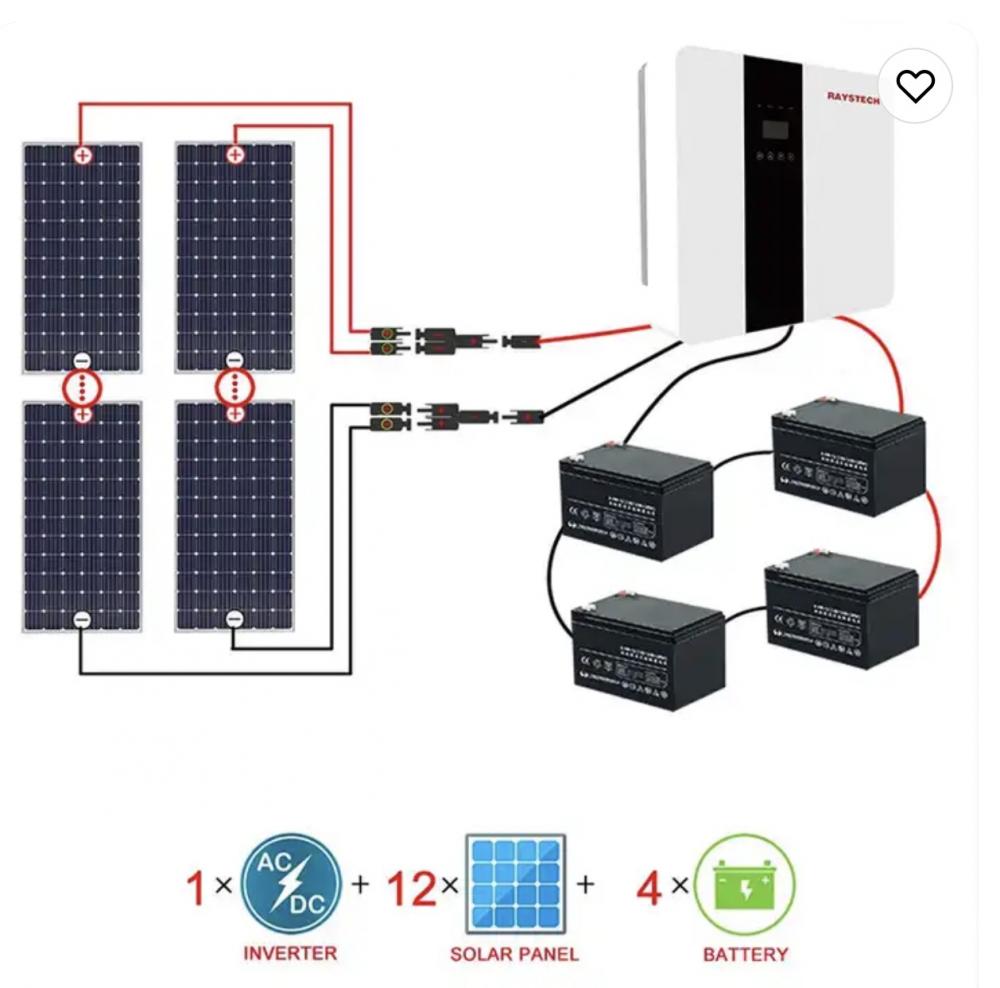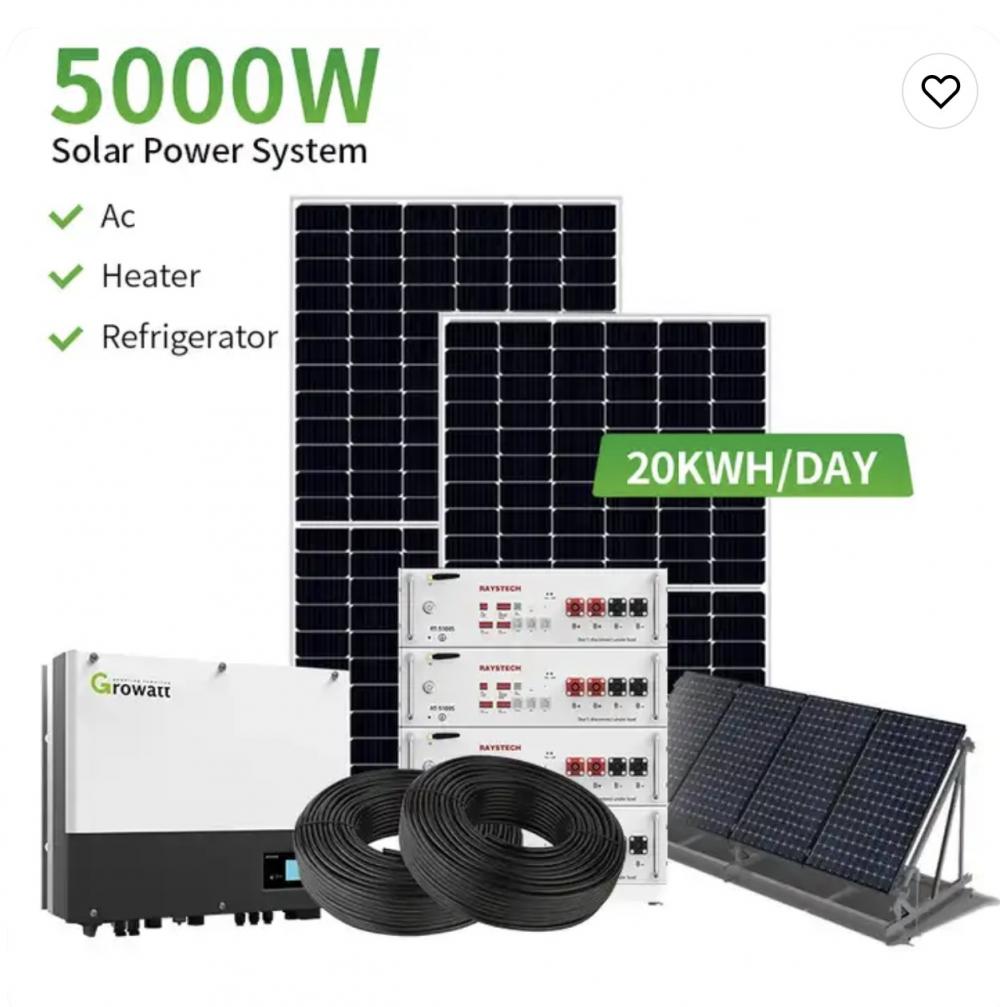New energy vehicles have entered a "tuyere" period in the past two years. With the rapid increase in sales and vehicle retention, a critical question has emerged: What happens when the power batteries from these vehicles are retired? In response, representatives from both committees emphasized the importance of clarifying responsibility, promoting the establishment of a battery recycling system, and supporting the construction of an ecological civilization.
Status: The first batch of automotive power batteries is now entering the "retired" phase.
The government work report this year repeatedly highlighted the importance of new energy vehicles, along with other key industries such as integrated circuits, 5G communications, aircraft engines, and new materials. It also extended the tax incentives for purchasing new energy vehicles for another three years.
According to statistics, supported by favorable policies, China's new energy vehicle sales reached 777,000 units in 2017, securing the top position globally for three consecutive years. The accumulated number of new energy vehicles reached approximately 1.8 million, accounting for over 50% of the global market.
The fast growth of new energy vehicles has significantly boosted the development and production of power batteries. While consumers remain concerned about driving range and charging issues, the problem of battery degradation is increasingly coming into focus.
"Typically, the lifespan of power batteries is between 5 to 8 years," said Wang Min, chairman of the Sichuan National People’s Congress and CEO of Sichuan Qiyang Automobile Group. This means that new energy vehicles launched around 2012 began to enter their "retired" phase in 2018.
The National Committee of the Chinese People's Political Consultative Conference and director of the Administrative Committee of Jinshan Science and Technology Park at East China University of Science and Technology noted that lithium-ion batteries are currently the main type used. Although new energy vehicles are considered "green," improper recycling of power batteries can lead to heavy metal pollution, alkaline pollution, and dust pollution.
To improve recycling, in late February this year, seven ministries, including the Ministry of Industry and Information Technology, jointly issued the "Interim Measures for the Management of Recycling and Utilization of Power Batteries for New Energy Vehicles." Some companies have already seized the opportunity. For example, Guoxuan Hi-Tech, a listed battery company, recently announced the establishment of dedicated recycling subsidiaries and is currently building a recycling production line.
Exploration: Step-by-step utilization, recycling, and multiple strategies
Unlike regular batteries, power batteries used in vehicles are large and complex, requiring higher technical expertise for recycling.
"The implementation of the producer responsibility extension system requires automakers to take primary responsibility for battery recovery," stated the "Interim Measures."
Chen Hong, a member of the National People’s Congress and chairman of Shanghai Automotive Group, pointed out that China's current battery recycling policy framework is still not fully developed. It is challenging for整车 manufacturers to manage the entire lifecycle of new vehicles, from sale to final battery recycling.
"Relevant departments should study and issue new energy vehicle recycling qualifications and gradually eliminate backward enterprises that do not meet environmental standards," Chen Hong added.
In terms of usage, the industry is exploring both cascade utilization and recycling. According to relevant standards, when a power battery's capacity drops below 80% of its original rating, it is no longer suitable for electric vehicles. However, just like a dry battery can be used in a remote control after being drained, retired car batteries can still be used in energy storage systems or low-speed electric vehicles.
After being used for cascading purposes, these batteries are sent to recycling facilities. Qualified companies must dismantle them according to technical specifications and extract valuable metals like cobalt, nickel, manganese, and lithium. Non-recyclable residues should be disposed of harmlessly in accordance with environmental regulations.
Proposal: Make battery recycling information accessible
Whether through cascade use or recycling, the key is to track waste battery flows to ensure they reach qualified manufacturers, keeping the industry operating in a healthy and orderly manner.
To achieve this, tracking and traceability of power battery production and recycling information is essential. The Interim Measures recommend that battery companies coordinate with automakers, assign unique codes to batteries produced according to national standards, and upload battery codes and related vehicle information through a traceability system.
"Recommendation: Adding power battery code information of new energy vehicle owners to the social credit system. When recycling batteries, recycling companies report to management organizations and update personal credit information regularly to prevent illegal disassembly and resale of batteries," said Chen Hong.
Representatives also suggested that during the sales phase of new energy vehicles, part of the purchase cost or government subsidies could be redirected to special environmental protection funds to support companies in R&D and lifecycle management of batteries.
Shou Ziqi, NPC deputy and Secretary of the Shanghai Municipal Environmental Protection Bureau, mentioned that the government could introduce market-oriented mechanisms under guidance and supervision, encouraging companies to establish closed-loop value transactions. "Let end-of-life batteries flow to standard enterprises, making battery recycling not only environmentally significant but also economically beneficial."
Solar Engergy System
Solar energy system, off gird pv system, grid pv system, solar power system, Solar Panel system, on grid solar system, grid tied solar system,20kw solar system
Solar energy system include Solar photovoltaic system: 1. Off grid photovoltaic system mainly consists of solar modules, controllers, and batteries. To supply power to AC loads, it is also necessary to configure an AC inverter. 2. Grid connected photovoltaic power generation system. 3. Distributed photovoltaic power generation system. Distributed power generation or distributed energy supply.
|
solar cell type
|
mono crystalline, half cut cell
|
|
solar energy pv system include
|
on grid system, off grid system, hybrid system
|
|
solar configuration
|
solar panel, inverter, battery, bracket cabels, mc4 connector
|
|
|
Product details and pic


Solar Engergy System,Gird Solar Power System,Pv System For Carport,Energy System Off Grid Solar System
PLIER(Suzhou) Photovoltaic Technology Co., Ltd. , https://www.pliersolar.com

